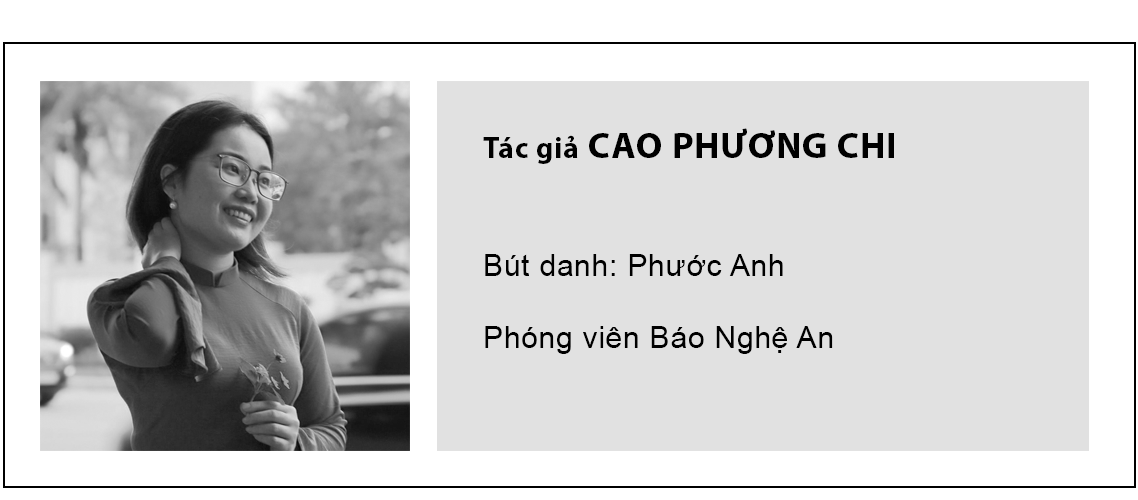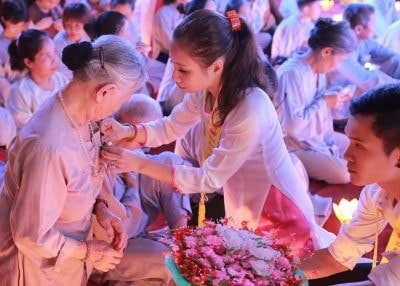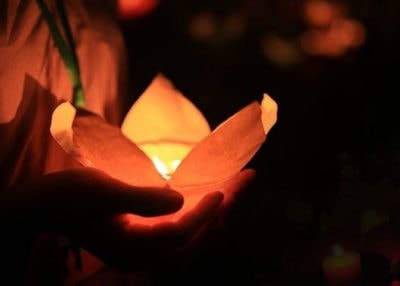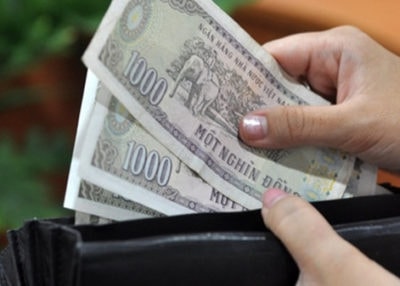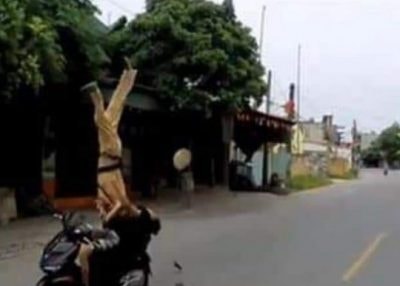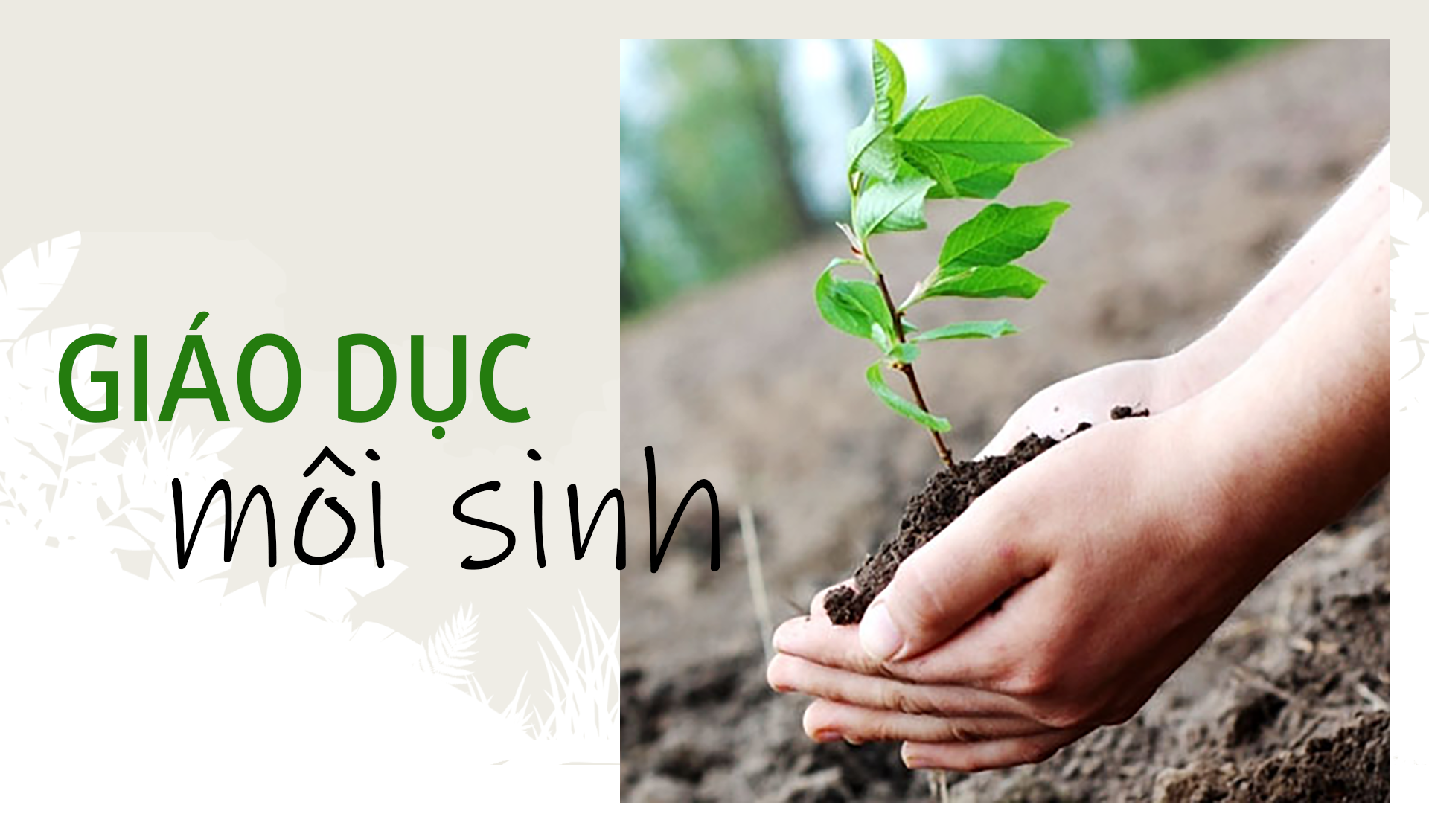
A group of children were playing in the park in the afternoon. One child was holding a kite, and a few others were chasing after it. They ran around the paved yard, then stomped on the soft green grass. A moment later, the wind blew the kite onto a high branch. Several children broke off a low branch to use as a stick to knock the kite down. Crack, crack… The young branch just broke off the tree trunk. The children cheered with joy at their success.
Someone told them that a tree grows from a seed. A seed must go through many years, overcome many storms to become a strong tree. When someone picks a leaf, breaks a young branch, it means taking away many years of the tree’s life. And the life of a tree, in a sense, is also our life – human life.
Zen Master Thich Nhat Hanh once said that a person who knows how to love each leaf, each flower branch, each tree, each blade of grass can hardly live an evil life. Teaching children to love trees and nature is the source of love for grandparents, parents, family, and humanity. Love of nature gives wings to charity. But for a long time, humans have been busy devoting love to many things and have forgotten nature. Humans have the delusion that nature is endless. We cut down forests, encroach on groundwater resources, develop industry like a storm, increase CO2 emissions... making climate change a global concern. In the past two decades, according to the World Bank, Vietnam has emerged as the country with the fastest growing per capita greenhouse gas emissions in the world - about 5% per year. The area of natural forest ecosystems across the country has seriously declined. Forest cover is less than 40%. The area of primary forest ecosystems is about 10%.
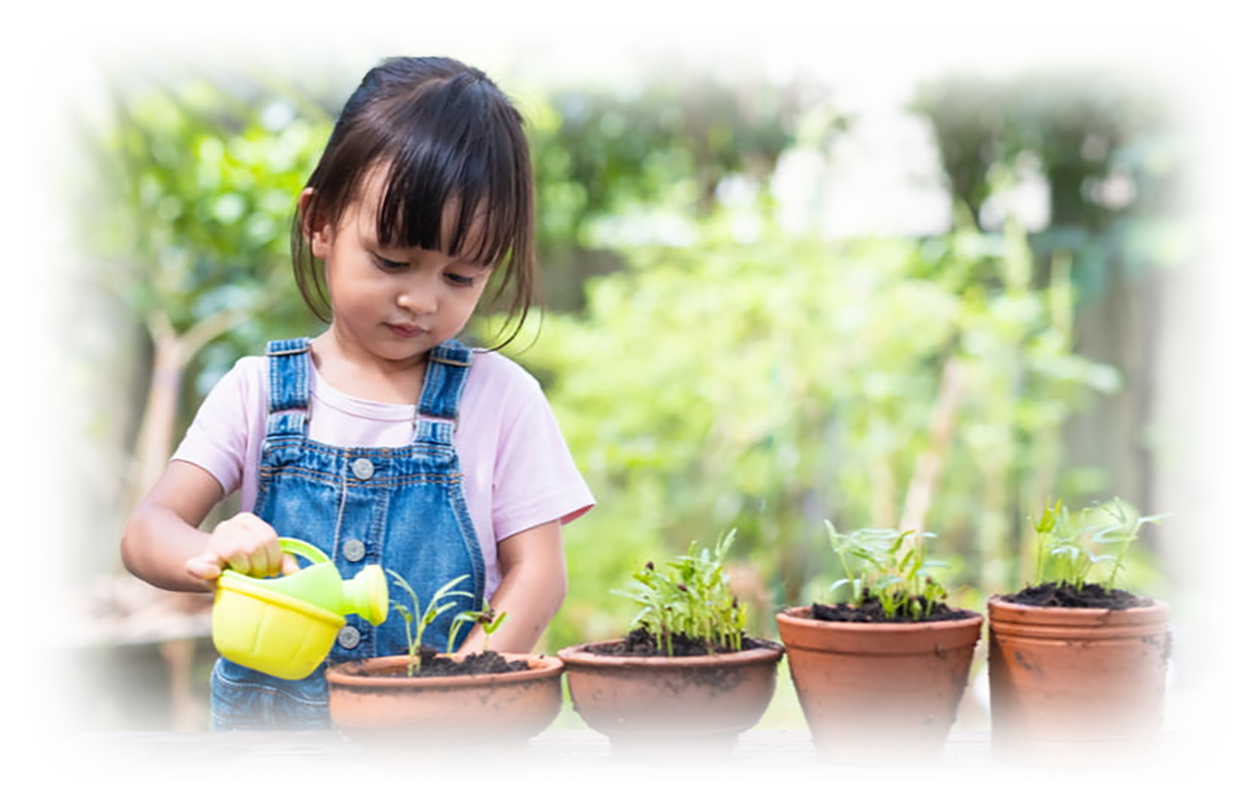
Love of nature is a small clause of the broad concept of ecology. Ecology, that is, the living environment, is the correlation and interaction between an object or organism on Earth and natural conditions such as air, water resources, food. Looking at some countries in the world, environmental education is very important. Since the 70s of the 20th century, environmental education has been included in the education system of many countries: the Soviet Union, Belgium, Finland, Germany, Japan, Mexico, the United States... Up to now, in many countries, environmental education and the environment are included in the curriculum as a core subject, and in many places it is included as an elective subject. In Vietnam, environmental education content is included in the curriculum in an integrated and interwoven way in subjects about nature and society. A lot of knowledge about nature and the environment is mentioned, but is that enough? Knowledge is only theoretical, completely lacking practical programs for children to apply in practice. Not many children know how to plant a tree, take care of a flower; how many children know how to classify waste, know the dangers of exhaust fumes from motorbikes when stopping at red lights? I think, from primary school to university, whether it is the main curriculum or just an integrated part of the whole subject, environmental education must be designed so that knowledge is just a means, that means must be used to turn into action for a healthy ecosystem. That is the ultimate goal of environmental education. Environmental education must be such that children understand that it is not an obligation but a matter of survival, the future of humanity. We will live and develop together and with Mother Earth, or all of us cannot survive.
